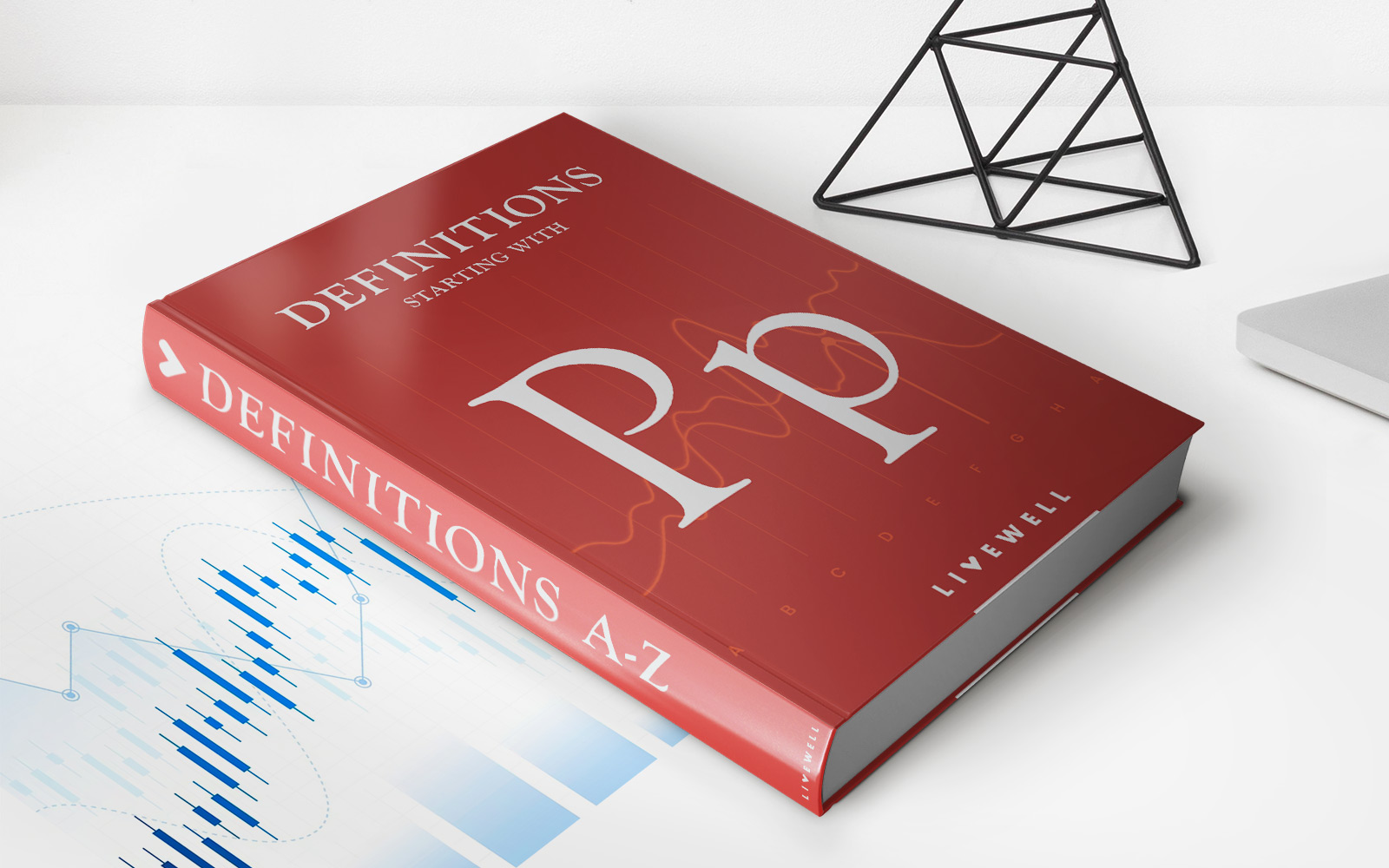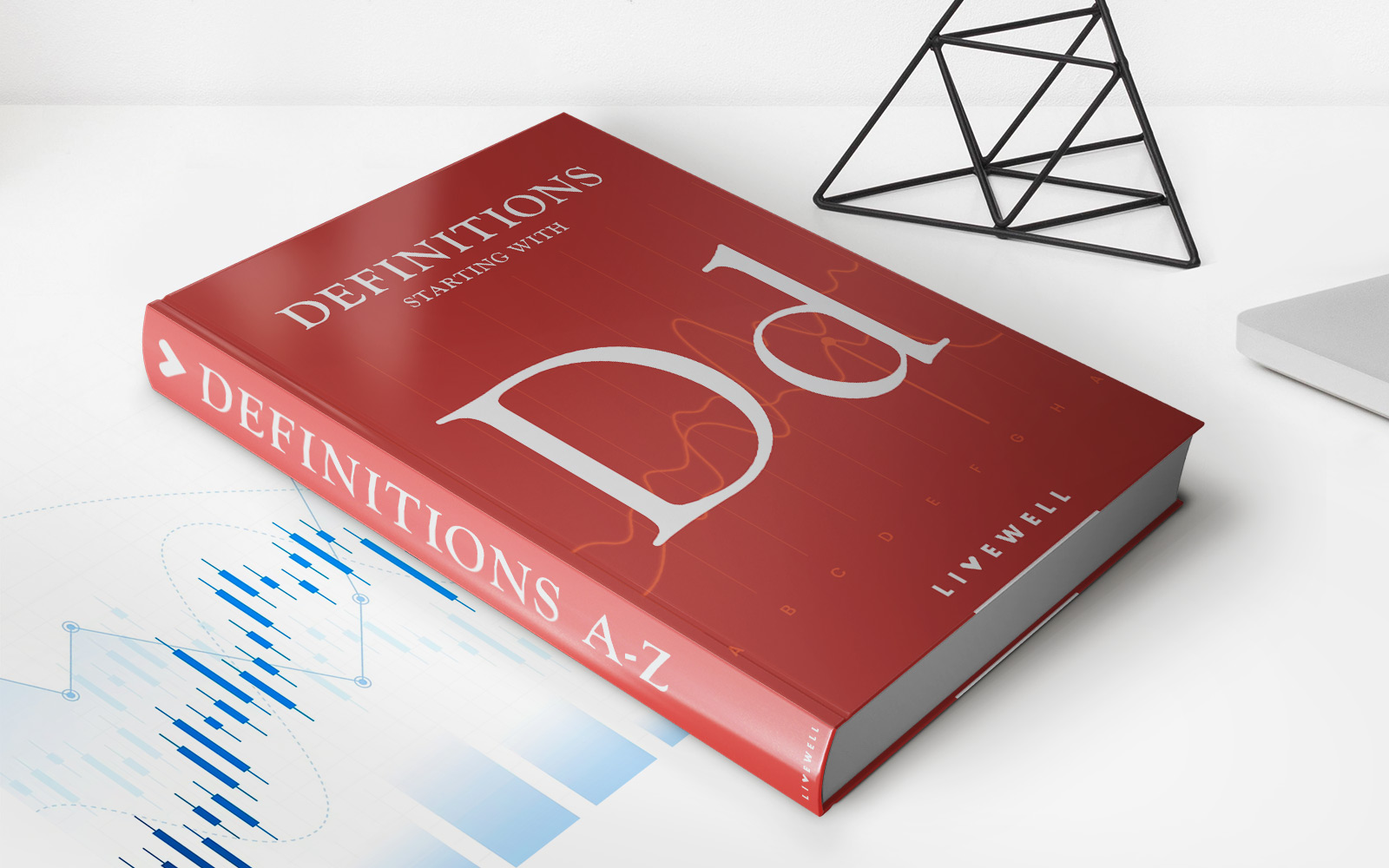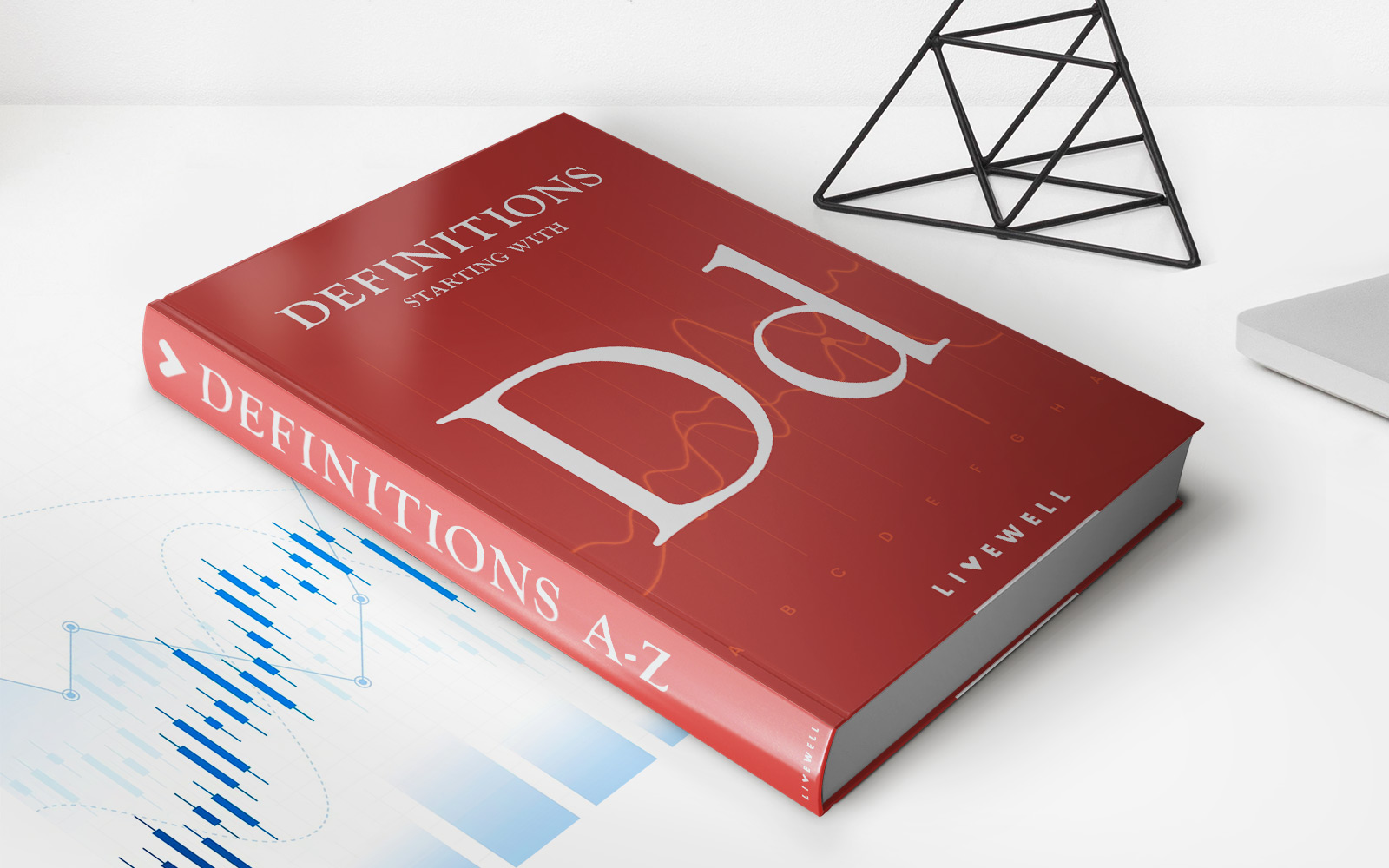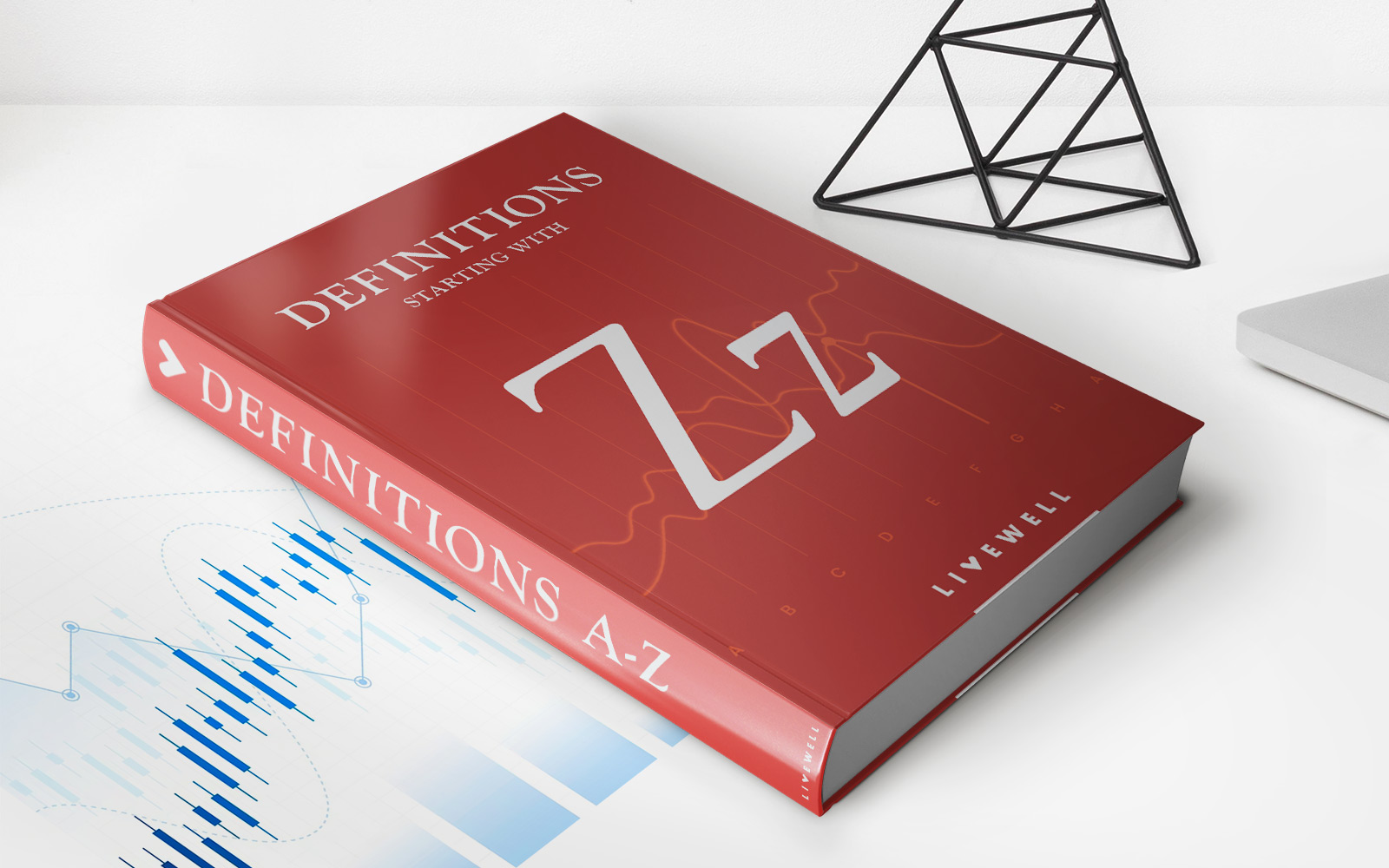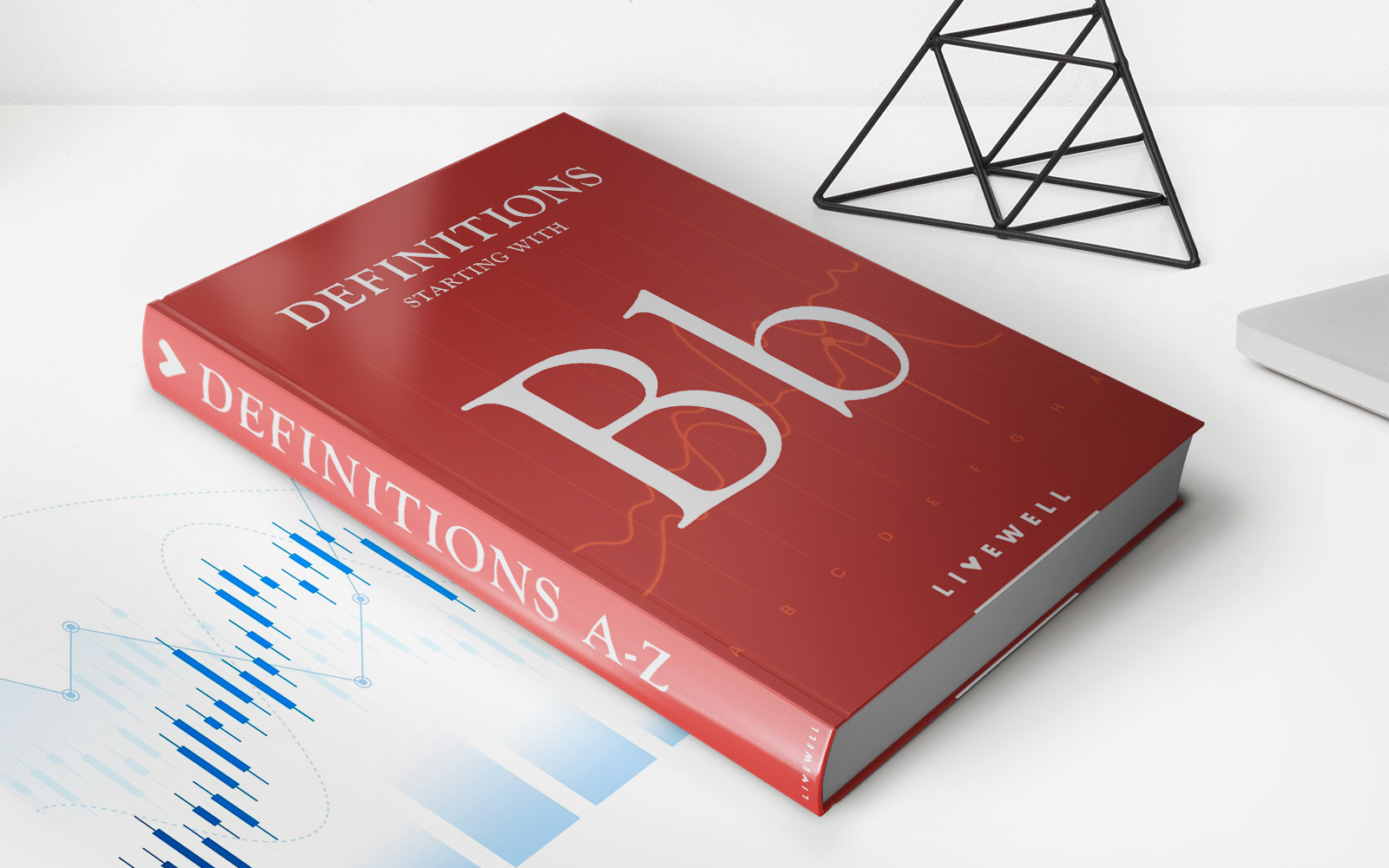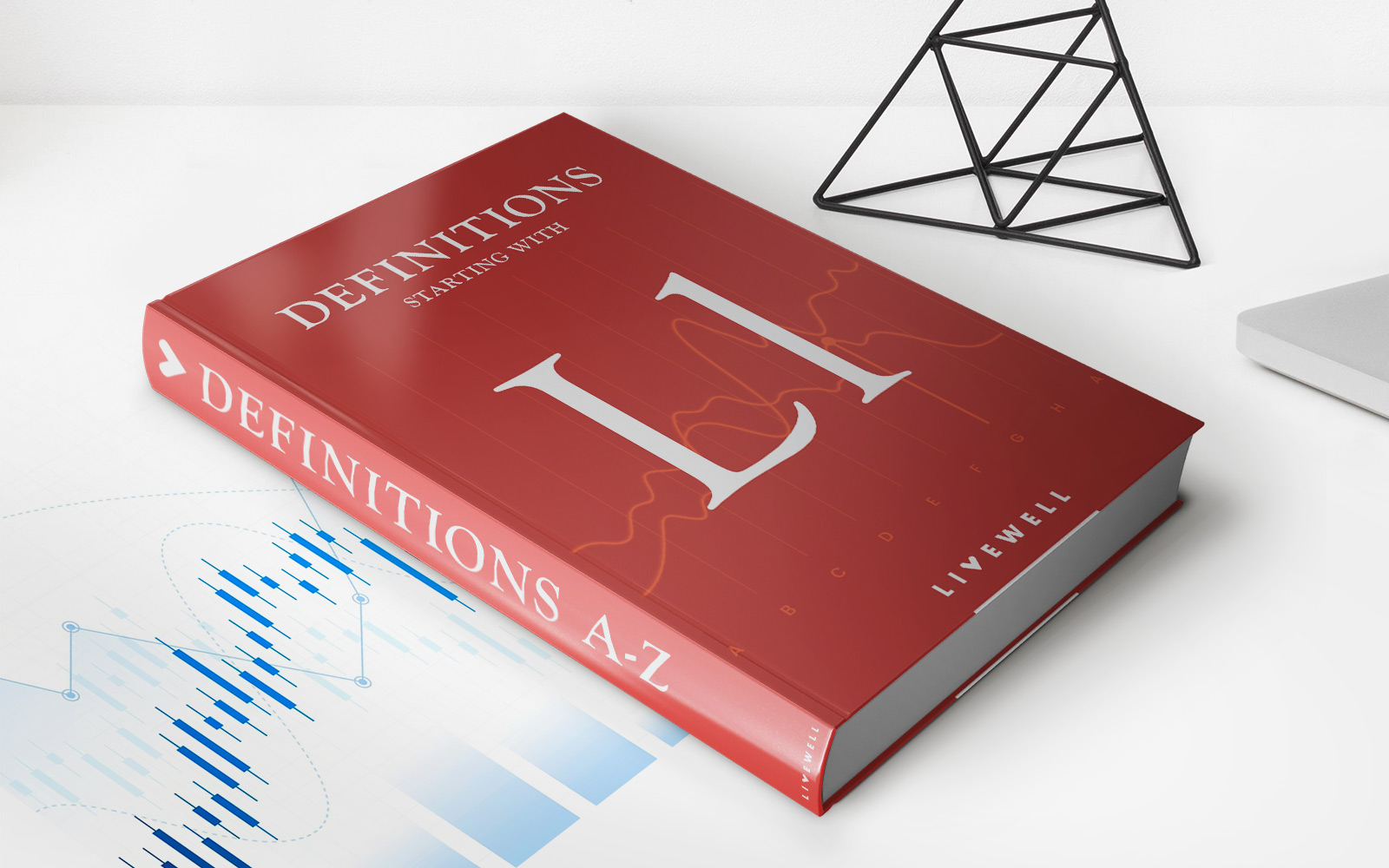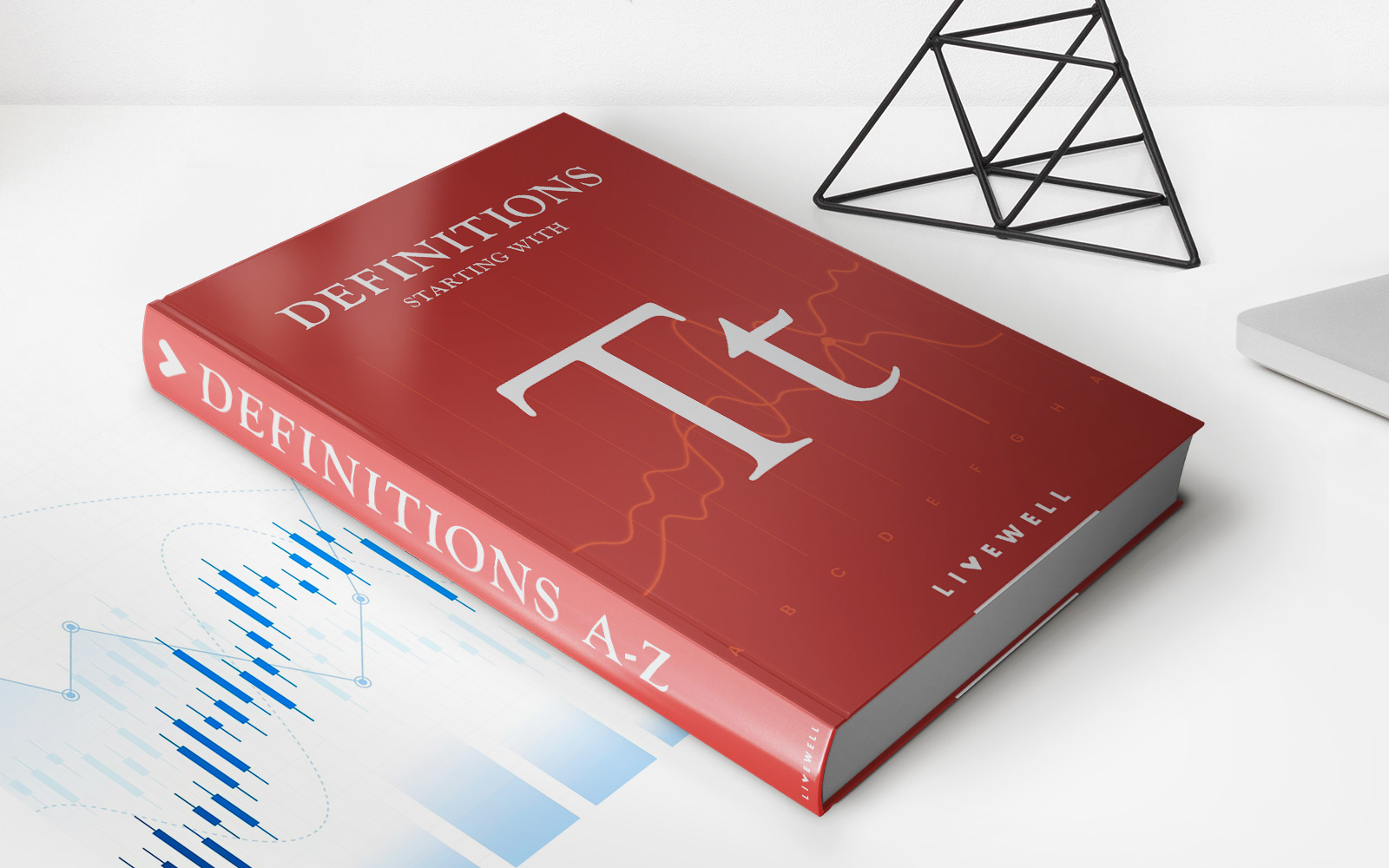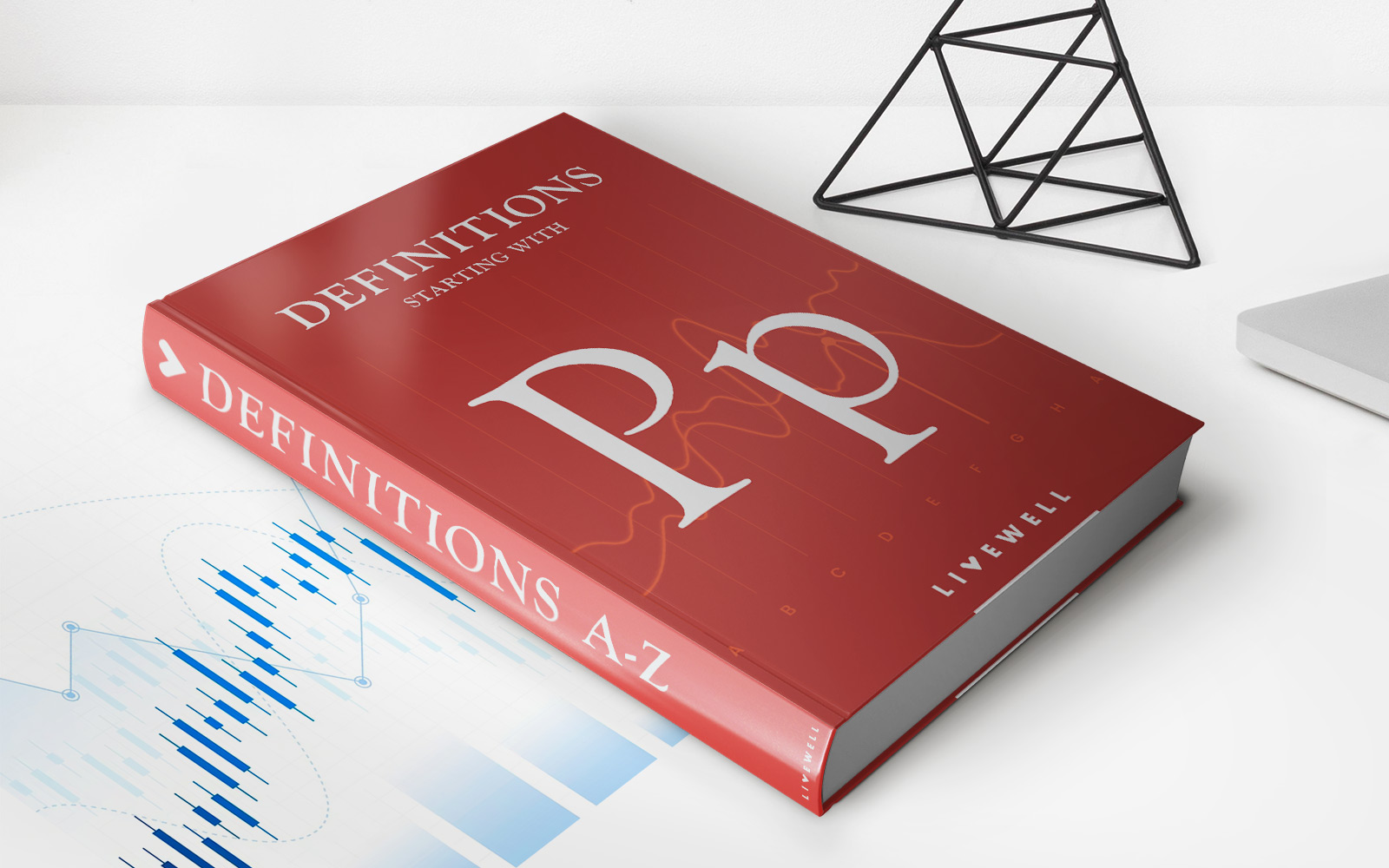

Finance
Peak Debt Definition
Published: January 6, 2024
Understand the concept of peak debt in finance and its implications. Learn how it affects individuals and the economy.
(Many of the links in this article redirect to a specific reviewed product. Your purchase of these products through affiliate links helps to generate commission for LiveWell, at no extra cost. Learn more)
Understanding Peak Debt: Definition and Significance in Personal Finance
Welcome to our “FINANCE” category, where we dive into various financial concepts and terms to help you make informed decisions. Today, we’ll explore the intriguing concept of peak debt, a term that has gained attention in recent years. What is peak debt, and why is it important for your personal finance journey? Let’s find out!
Key Takeaways:
- Peak debt refers to the point at which an individual or a nation reaches its highest level of debt relative to their income or GDP.
- Understanding peak debt can help individuals gauge their financial health and make better decisions regarding their borrowing and spending habits.
Before we delve deeper into the significance of peak debt, let’s define it more precisely. Peak debt can be simply understood as the maximum level of debt that an entity, be it an individual, a household, or even a nation, carries at a particular point in time. This debt is typically measured in relation to the income or the gross domestic product (GDP) of that entity.
During periods of economic growth, individuals may find it tempting to accumulate debt to finance their aspirations. This can involve taking out loans for education, buying a home or a car, or even funding a business venture. However, without careful monitoring, this debt can accumulate to unsustainable levels, leading to precarious financial situations.
Here are a few reasons why understanding peak debt is important for your personal finances:
- Financial Health Assessment: By monitoring your debt levels and comparing them to your income, you can assess your financial health. If your debt is approaching or surpassing your income, it may be an indicator of potential financial trouble.
- Borrowing and Spending Habits: Recognizing your peak debt can help you gauge how much you can comfortably borrow without overextending yourself. It can also assist in curbing unnecessary spending habits and maintaining a reasonable debt-to-income ratio.
So, how can you ensure you are not drowning in debt and headed towards your peak? Here are a few tips:
- Create a Budget: By creating a comprehensive budget, you can track your income and expenses, ensuring that your debt remains manageable.
- Live Within Your Means: Avoid the temptation to live a lifestyle beyond your financial capabilities. Prioritize saving and investing, rather than accumulating unsustainable debt.
- Regularly Review Your Finances: Keep a close eye on your debt-to-income ratio and regularly review your financial situation to catch any warning signs early on.
In conclusion, understanding peak debt and its implications is crucial for individuals seeking financial stability. By mindful borrowing, focusing on long-term financial goals, and keeping track of your debt-to-income ratio, you can work towards a secure and prosperous financial future.
We hope this blog post has shed light on the concept of peak debt and its significance in personal finance. Stay tuned for more valuable financial insights in our “FINANCE” category!
